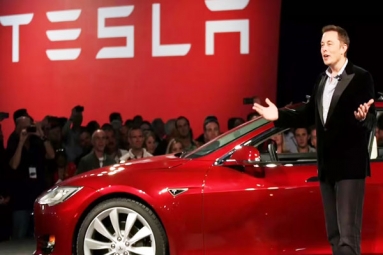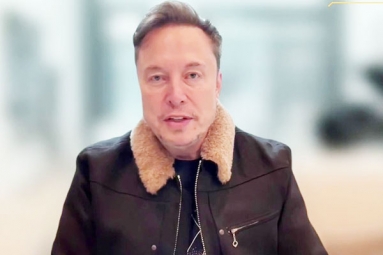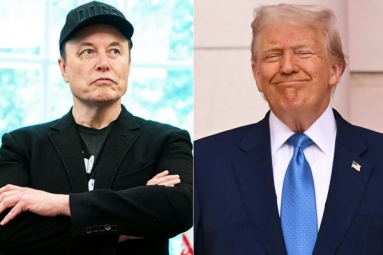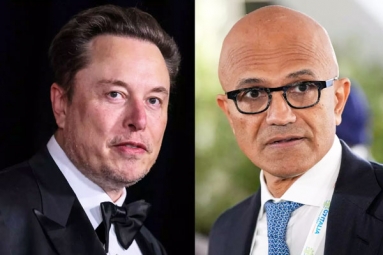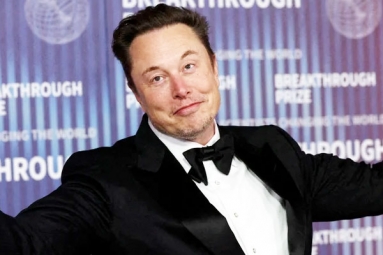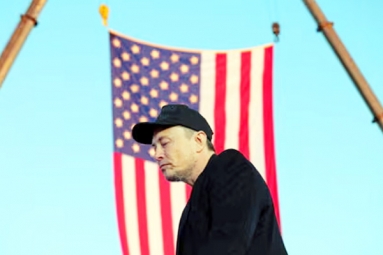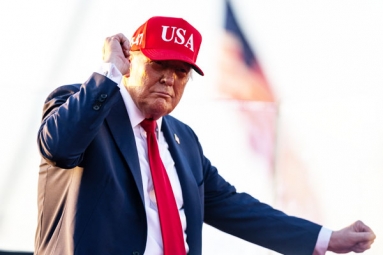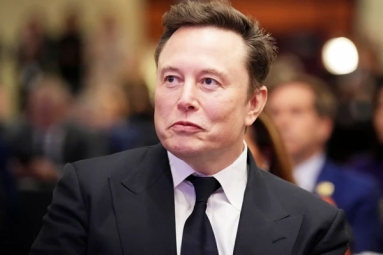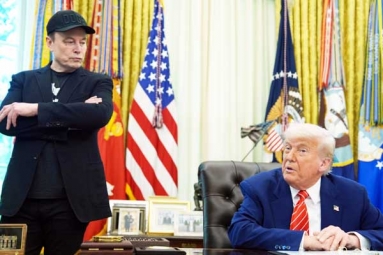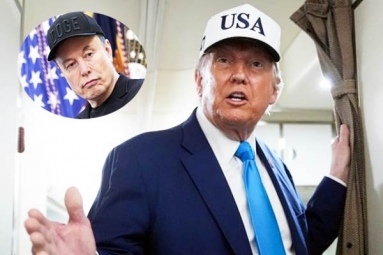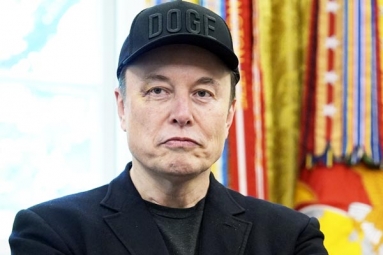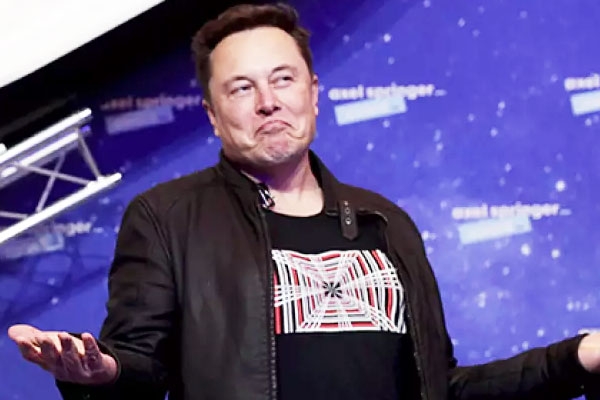
(Image source from: Associated Press)
Elon Musk may not have to settle Mars or create a fleet of robot taxis to make a lot of money from Tesla. A recent analysis by Reuters indicates that the billionaire could potentially earn more than $50 billion from his record-breaking salary package, even if he does not reach many of the company’s ambitious targets. Approved in September, Tesla’s ten-year compensation plan could allow Musk to gain stock valued at up to $878 billion if he meets what the board referred to as “transformational” goals that would change Tesla and society through advancements in robotics, AI, self-driving technology, and financial results. The board claimed Musk would receive “nothing” if he did not meet these objectives. However, according to Reuters, the way the payout is structured might not be as impressive as it seems. Achieving a few relatively easy goals, like slight increases in vehicle sales or software subscriptions, could still result in tens of billions in stock rewards without Tesla becoming the tech giant Musk imagines.
In reality, simply achieving two of the simpler targets, along with a modest increase in Tesla’s stock price, could net Musk $26 billion, surpassing the total lifetime earnings of the next eight highest-paid CEOs worldwide, including Mark Zuckerberg, Larry Ellison, Tim Cook, and Jensen Huang, as per information from Equilar. Despite Tesla’s image of having lofty ambitions, several automotive experts told Reuters that some of Musk’s recent sales goals are surprisingly mild. Reaching 1.2 million car sales each year for the next decade, while Tesla’s worth grows from $1.4 trillion to $2 trillion by 2035, would bring in $8.2 billion in stock options. That’s actually half a million fewer vehicles than Tesla sold in 2024 and would only need normal market growth to happen. Some of the “innovation” targets are also described in ways that are quite flexible. Six experts in robotics and autonomous driving told Reuters that the phrasing allows Musk enough room to claim he is making progress without fulfilling his futuristic promises.
Consider the aim of having 10 million subscriptions for Tesla’s “Full Self-Driving” software. The system still isn’t truly autonomous, and critics point out that the term “full self-driving” doesn’t have a clear definition in the industry. As University of Miami law professor William Widen stated, the phrase seems “fabricated.” Experts noted that Tesla could reach this number simply by lowering the price, which is currently $8,000 upfront or $99 each month, instead of achieving real self-driving capability.
Then there’s the target of having one million robot taxis running “without a human driver.” Four specialists in autonomous vehicles told Reuters that this could also mean including cars controlled from a distance or vehicles with someone in the passenger seat, a scenario Tesla is reportedly testing in Austin. Even the goal related to robots is unclear. The target indicates one million robots but does not clarify whether they should be humanoid. Two robotics specialists mentioned that the definition of “bot” is so broad that it could refer to “any robot or other movable product using AI,” which might cover nearly anything on wheels that has a chip. Analyst Christian Rokseth described it as a “completely vague description.”
If Musk were to achieve any two of the product-related targets and increase Tesla's worth to $2.5 trillion, he would earn $26.4 billion in stock. If he meets three of these targets with a $3 trillion valuation, he could see that amount rise to $54.6 billion, all without needing to demonstrate that Tesla's cars can autonomously drive. Gene Munster from Deepwater Asset Management mentioned that investors will eventually require concrete proof behind the show. "If people start to sense something strange is happening, he could be in trouble," Munster cautioned. On the other hand, Tesla's board has consistently supported Musk, stating that he’s the one who can “change the company into a leader in AI.” They also mentioned that during discussions, Musk alluded to pursuing “other projects” if his payment arrangement did not go through.
However, experts in governance aren't fully convinced. Wei Jiang, who is the vice dean at Emory University’s business school, described the arrangement as risky: “The board has given Musk complete control over Tesla’s main role. Good governance demands competition among CEOs.” The real challenge for Musk lies in achieving profit targets. The plan sets eight profit objectives, ranging from $50 billion to $400 billion in EBITDA, a huge jump from Tesla’s $16.6 billion in 2024. Tesla’s electric vehicle lineup, which generates almost all its income, faces challenges from newer competitors and older models, and the Cybertruck has had a tough time gaining popularity. However, due to the structure of the package, Musk could still make a lot of money without meeting any profit targets, since each milestone, whether for sales, software, or valuation, has equal importance.
Moreover, Tesla’s valuation goals may not be very tough to achieve. A 6.4 percent yearly increase in share price would elevate the company to $2 trillion by 2035, which is slower than the S&P 500's long-term average of 8.5 percent. Seth Goldstein, an analyst at Morningstar, stated that Tesla could exceed $3 trillion with usual market performance, although much of that value “depends on future products that aren’t available now.” Finance professor Kevin Murphy from USC agreed that the expectations aren’t too high: “Selling vehicles and aiming for a $2 trillion valuation isn’t too far-fetched,” he stated. “Shareholders have concentrated on the toughest objectives and the biggest rewards because they believe Musk can achieve them. Is it a good idea? Shareholders appear to think it is.”







